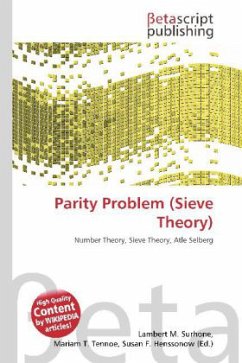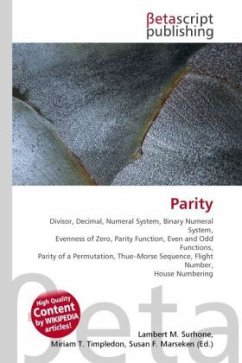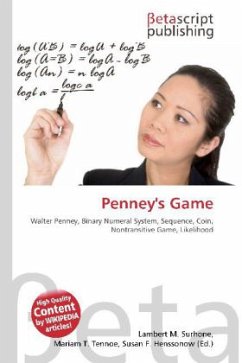Please note that the content of this book primarily consists of articles available from Wikipedia or other free sources online. A parity game is played on a (countable) colored directed graph, where each node has been colored by a priority - one of (usually) finitely many natural numbers. Two players, 0 and 1, take turns moving a token along the edges of the graph, resulting in a (possibly infinite) path, called the play. The winner of a finite play is the player whose opponent is unable to move. The winner of an infinite play is determined by the priorities appearing in the play. Typically, player 0 wins an infinite play if the smallest priority that occurs infinitely often in the play is even. Player 1 wins otherwise. This explains the word "parity" in the title. Parity games lie in the third level of the borel hierarchy, and are consequently determined.
Bitte wählen Sie Ihr Anliegen aus.
Rechnungen
Retourenschein anfordern
Bestellstatus
Storno








